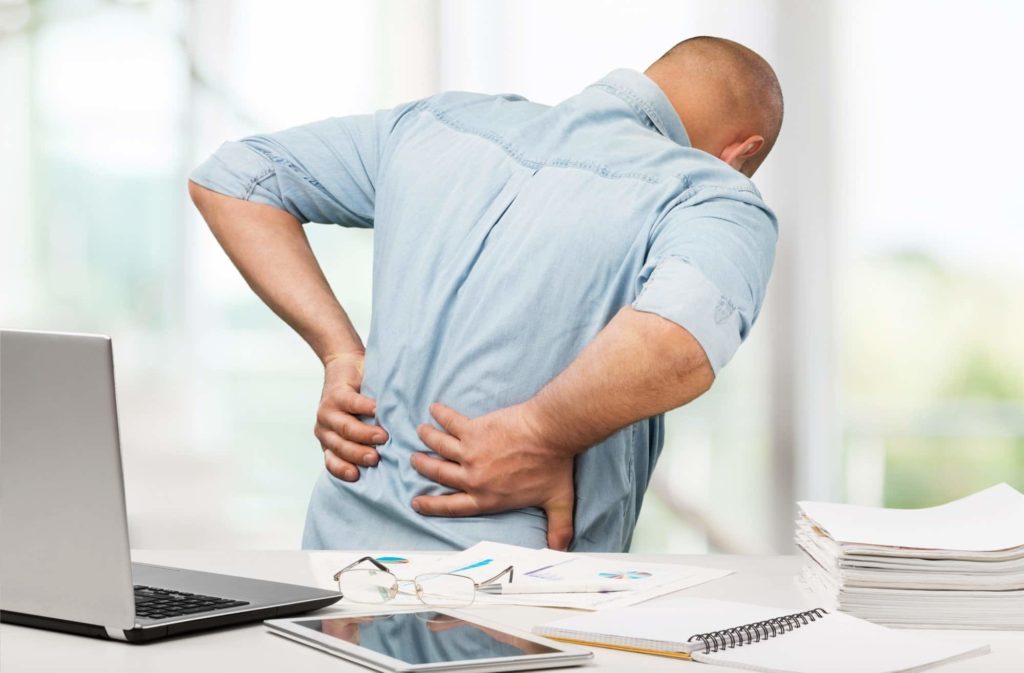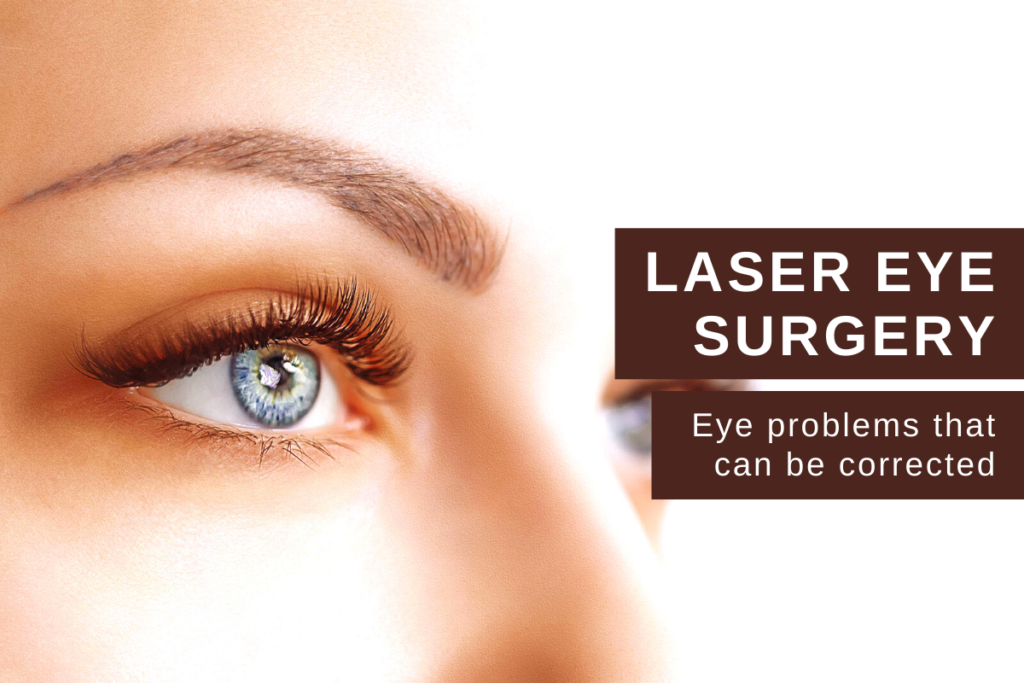Compression socks are specialized hosiery designed to apply gentle pressure to your legs and ankles, improving blood circulation and reducing swelling. Made from elastic materials, they offer graduated compression, with the highest pressure at the ankles, which gradually decreases as the sock moves up the leg. This design helps alleviate discomfort from poor circulation, prolonged sitting or standing, and certain health conditions.
Recently, compression socks have gained popularity beyond medical use, becoming a staple for athletes, travelers, and office workers. People are increasingly recognizing their benefits, such as preventing leg fatigue, reducing the risk of varicose veins, and enhancing athletic performance. Additionally, for those managing chronic conditions like lymphedema or diabetes, compression socks provide essential support, improving comfort and quality of life. Whether for health, travel, or everyday comfort, compression socks offer a practical solution for promoting better leg health.
The Science Behind Compression Socks
How Compression Socks Work: Graduated Compression and Blood Flow
Compression socks operate on the principle of graduated compression, a strategic design that applies varying levels of pressure along the leg. The highest level of compression is concentrated at the ankle, where it gradually decreases as the sock moves up toward the knee or thigh. This graduated pressure helps to combat the effects of gravity, which can cause blood to pool in the lower extremities, especially during long periods of inactivity, such as sitting or standing.
By applying consistent pressure to the veins, muscles, and tissues, compression socks help to narrow the veins and improve blood flow back to the heart. This enhanced circulation aids in the efficient return of blood, reducing the risk of blood pooling and clot formation. Essentially, compression socks mimic the natural process of muscle contractions that occur during movement, which also help propel blood through the veins. For those with compromised circulation, such as individuals with chronic venous insufficiency, compression socks provide crucial support in maintaining healthy blood flow.
The Health Benefits: Improved Circulation, Reduced Swelling, and Prevention of Varicose Veins
The primary health benefit of compression socks is improved circulation. By facilitating better blood flow, these socks help ensure that oxygen and nutrients are effectively delivered to the muscles and tissues in the lower extremities. This is particularly beneficial for individuals who spend extended periods sitting or standing, as it helps prevent the onset of conditions related to poor circulation, such as deep vein thrombosis (DVT).
Another significant benefit of compression socks is the reduction of swelling, also known as edema. Swelling in the legs, ankles, and feet can be caused by a variety of factors, including prolonged inactivity, pregnancy, or certain medical conditions like lymphedema. Compression socks help to limit fluid buildup in the tissues by encouraging proper lymphatic drainage, thereby reducing discomfort and preventing further complications.
Additionally, compression socks are effective in preventing and managing varicose veins. Varicose veins occur when veins become enlarged and twisted due to faulty valves that allow blood to flow backward and pool. The gentle pressure from compression socks supports vein walls and valves, helping to maintain proper blood flow and reducing the likelihood of varicose vein development. For those who already have varicose veins, compression socks can alleviate symptoms such as aching, heaviness, and swelling, while also preventing the condition from worsening.
In summary, the science behind compression socks lies in their ability to enhance circulation through graduated compression, leading to multiple health benefits such as improved blood flow, reduced swelling, and the prevention or management of varicose veins. These benefits make compression socks a valuable tool for anyone looking to support their leg health, whether for medical reasons, athletic performance, or daily comfort.
Who Should Wear Compression Socks?
Compression socks are a versatile tool that can benefit a wide range of individuals, each with unique needs. Whether you’re an athlete seeking better performance, a frequent traveler concerned about circulation, or someone dealing with specific health conditions, compression socks can provide crucial support and comfort. Here’s a closer look at who should consider wearing compression socks and why:
Athletes: Enhanced Performance and Faster Recovery
For athletes, compression socks are more than just a piece of gear; they are an integral part of enhancing performance and speeding up recovery. The graduated compression helps improve blood circulation, delivering more oxygen to the muscles during intense physical activity. This increased oxygenation can boost endurance, allowing athletes to train harder and longer. Additionally, by reducing muscle vibration and minimizing the accumulation of lactic acid, compression socks can help reduce muscle soreness and fatigue. Post-workout, wearing compression socks aids in faster recovery by promoting the removal of metabolic waste from the muscles, reducing swelling, and preventing delayed onset muscle soreness (DOMS).
Travelers: Prevention of Deep Vein Thrombosis (DVT) on Long Flights
For frequent travelers, especially those embarking on long-haul flights, compression socks are a simple yet effective way to reduce the risk of deep vein thrombosis (DVT). DVT occurs when a blood clot forms in a deep vein, typically in the leg, which can be life-threatening if it travels to the lungs. Long periods of sitting in cramped spaces can slow blood flow and increase the risk of clot formation. Compression socks counteract this by maintaining steady blood flow, reducing the likelihood of clot development. They also help prevent swelling and discomfort that often accompany long flights, ensuring a more comfortable travel experience.
Pregnant Women: Managing Swelling and Leg Pain
Pregnancy brings about significant changes in a woman’s body, including increased blood volume and pressure on the veins in the legs due to the growing uterus. These changes can lead to swelling, leg pain, and even varicose veins. Compression socks are a safe and effective way for pregnant women to manage these symptoms. By improving circulation and reducing fluid retention in the legs, compression socks help alleviate swelling (edema) and discomfort. They also provide support to the veins, reducing the risk of developing varicose veins, which are common during pregnancy. For expectant mothers, wearing compression socks can contribute to a more comfortable pregnancy, particularly in the later stages.
Office Workers: Reducing Fatigue from Prolonged Sitting or Standing
Office workers who spend long hours sitting at a desk or standing on their feet can greatly benefit from wearing compression socks. Prolonged sitting can cause blood to pool in the legs, leading to swelling, discomfort, and an increased risk of DVT. Similarly, standing for extended periods can result in tired, achy legs and varicose veins. Compression socks help by encouraging blood flow back to the heart, preventing the stagnation that leads to these issues. For office workers, wearing compression socks can reduce leg fatigue, improve comfort throughout the workday, and prevent long-term circulatory problems.
The Elderly: Supporting Circulation and Reducing the Risk of Leg-Related Health Issues
As people age, they often experience a natural decline in circulation, which can lead to various leg-related health issues, including chronic venous insufficiency, swelling, and the development of varicose veins. The elderly are particularly at risk for these conditions, as reduced mobility and other health concerns can exacerbate circulatory problems. Compression socks provide vital support for older adults by improving blood flow, reducing swelling, and helping to manage the symptoms of venous disorders. Additionally, they can prevent the formation of blood clots, which are more common in older adults. By wearing compression socks, the elderly can maintain better leg health, reduce discomfort, and enhance their overall quality of life.
Types of Compression Socks
Compression socks come in various types, each designed to meet specific needs and conditions. Understanding the differences between these types and their intended uses can help you choose the right compression socks for your lifestyle or medical needs. Below is a detailed look at the primary types of compression socks, the different compression levels available, and the materials and styles you can find on the market.
Graduated vs. Anti-Embolism Socks
Compression socks are generally classified into two main types: graduated compression socks and anti-embolism socks.
- Graduated Compression Socks: These are the most common type of compression socks and are designed with graduated pressure, meaning the compression is strongest at the ankle and gradually decreases as it moves up the leg. This type of compression helps support healthy blood flow back to the heart and is typically used for everyday wear, athletic activities, and managing chronic conditions like varicose veins, lymphedema, and chronic venous insufficiency. Graduated compression socks are available in various lengths, including knee-high, thigh-high, and full-length options, allowing users to select the style that best suits their needs.
- Anti-Embolism Socks: Also known as TED (Thrombo-Embolic Deterrent) hose, anti-embolism socks are specifically designed for individuals who are bedridden or have limited mobility, such as patients recovering from surgery. These socks provide uniform compression, often slightly lower than that of graduated socks, and are intended to prevent deep vein thrombosis (DVT) by maintaining steady blood flow in patients who are unable to move around frequently. While similar in function to graduated socks, anti-embolism socks are typically used in a hospital setting and are not recommended for active individuals or long-term use without medical supervision.
Different Compression Levels and Their Uses
Compression socks come in various levels of pressure, measured in millimeters of mercury (mmHg). The level of compression you need depends on your specific condition or intended use:
- Mild Compression (8-15 mmHg): This level of compression is the lightest and is suitable for general wellness and preventive care. Mild compression socks are often used by people who experience occasional swelling or tired legs from standing or sitting for long periods. They are also a good choice for travelers on shorter flights or those looking to prevent minor circulation issues.
- Moderate Compression (15-20 mmHg): Moderate compression is a popular choice for everyday use, particularly for those who experience mild to moderate swelling, varicose veins, or leg discomfort. This level of compression is also recommended for travelers on long flights, pregnant women, and individuals who stand or sit for extended periods.
- Firm Compression (20-30 mmHg): Firm compression socks are often prescribed for medical purposes, such as managing moderate to severe varicose veins, edema, or lymphedema. They are also commonly used after surgery to prevent DVT and to support recovery from leg injuries. This level of compression provides more significant pressure and is generally recommended under a healthcare provider’s guidance.
- Extra Firm Compression (30-40 mmHg): This level of compression is the highest available without requiring a custom fit and is used for treating more severe medical conditions, such as chronic venous insufficiency, severe lymphedema, and post-thrombotic syndrome. Extra firm compression should only be worn under medical supervision due to the intense pressure it applies.
Materials and Styles: From Athletic to Medical-Grade Options
Compression socks are made from various materials and are available in a range of styles to suit different activities, preferences, and medical needs:
- Materials: Compression socks are typically made from a blend of materials that provide elasticity, durability, and comfort. Common materials include nylon, spandex, lycra, and polyester. Some socks also incorporate natural fibers like cotton or wool for added comfort, especially in everyday or athletic wear. The choice of material can impact the breathability, moisture-wicking ability, and overall feel of the sock, making it important to select a material that aligns with your needs, whether for athletic use, daily wear, or medical purposes.
- Styles: Compression socks come in various styles to cater to different preferences and functional requirements.
- Athletic Compression Socks: These are designed for sports and fitness activities. They often feature moisture-wicking fabrics, cushioned soles, and reinforced heels and toes for added durability during intense workouts. Athletic compression socks are available in both graduated and mild compression levels, making them ideal for enhancing performance and speeding up recovery after exercise.
- Medical-Grade Compression Socks: These are designed specifically for individuals with medical conditions that require therapeutic levels of compression. They are often plain in design, focusing on functionality over fashion, and are available in various lengths to accommodate different treatment needs. Medical-grade socks may also come with additional features such as anti-bacterial properties or padding for sensitive areas.
- Fashion Compression Socks: For those who need to wear compression socks daily, there are fashionable options that blend style with function. These socks come in a variety of colors, patterns, and designs, making them suitable for both professional and casual settings. Fashion compression socks offer the same graduated compression benefits but in styles that allow for more personal expression.
- Specialty Compression Socks: These are designed for specific uses, such as maternity compression socks that provide extra support for pregnant women or diabetic compression socks that offer gentle compression without compromising foot sensitivity.
How to Choose the Right Compression Socks
Choosing the right compression socks is crucial to maximizing their benefits, whether for medical use, athletic performance, or everyday comfort. With various options available, it’s important to consider several key factors to ensure you select the right pair. Here’s a comprehensive guide on what to look for and how to get the perfect fit.
Factors to Consider: Purpose, Compression Level, Size, and Material
- Purpose:
- Medical Needs: If you require compression socks for a medical condition such as varicose veins, lymphedema, or deep vein thrombosis (DVT), it’s essential to choose socks that meet your specific medical requirements. Consult with a healthcare provider to determine the appropriate compression level and type of sock (e.g., knee-high, thigh-high) that will best support your condition.
- Athletic Performance: For athletes, the purpose of compression socks is to enhance blood flow, reduce muscle fatigue, and speed up recovery. Look for socks that offer moderate compression (15-20 mmHg) and are made from moisture-wicking, breathable materials that can withstand intense physical activity.
- Travel and Daily Use: If you’re using compression socks for travel, long periods of sitting or standing, or general leg comfort, consider moderate compression levels (15-20 mmHg) that are comfortable for extended wear. For daily use, you might also want to explore fashionable options that blend function with style.
- Compression Level:
- The compression level is one of the most critical factors in choosing the right socks. Compression levels are measured in millimeters of mercury (mmHg) and range from mild to extra firm.
- Mild Compression (8-15 mmHg): Suitable for general wellness, mild swelling, and preventing minor circulation issues.
- Moderate Compression (15-20 mmHg): Ideal for daily use, pregnancy, travel, and mild varicose veins.
- Firm Compression (20-30 mmHg): Often prescribed for managing moderate to severe varicose veins, post-surgery recovery, and chronic venous insufficiency.
- Extra Firm Compression (30-40 mmHg): Used for more severe medical conditions and should be selected under medical advice.
- The compression level is one of the most critical factors in choosing the right socks. Compression levels are measured in millimeters of mercury (mmHg) and range from mild to extra firm.
- Size:
- Sizing is crucial to the effectiveness of compression socks. If the socks are too tight, they can cause discomfort or even restrict blood flow. If they’re too loose, they won’t provide the necessary compression.
- Most compression socks come with sizing charts based on measurements of your ankle, calf, and sometimes thigh circumference. It’s essential to measure these areas accurately with a soft tape measure to find the best fit.
- Some socks are also available in specific lengths (e.g., knee-high, thigh-high) and foot sizes, so it’s important to select the right combination that fits both your leg length and foot size comfortably.
- Material:
- The material of the socks plays a significant role in comfort, durability, and performance.
- Nylon and Spandex: These materials are common in compression socks, offering elasticity, durability, and a snug fit.
- Cotton: For those who prefer natural fibers, cotton-blend compression socks are softer and more breathable but may not provide as strong of a compression as synthetic materials.
- Wool: Wool-blend compression socks are ideal for colder climates, offering warmth and moisture-wicking properties while maintaining compression.
- The material of the socks plays a significant role in comfort, durability, and performance.
How to Measure for the Perfect Fit
Getting the right fit is essential to the effectiveness and comfort of your compression socks. Follow these steps to ensure you measure correctly:
- Measure Your Ankle: Start by measuring the narrowest part of your ankle, just above the bone. This is where the compression is typically the strongest, so an accurate measurement is crucial.
- Measure Your Calf: Measure the widest part of your calf. This measurement ensures the sock provides adequate compression throughout the lower leg.
- Measure Your Thigh (if applicable): For thigh-high or full-length compression socks, measure the widest part of your thigh, about 4-5 inches below the groin.
- Measure Your Leg Length: For knee-high socks, measure the distance from the floor to the bend of your knee. For thigh-high socks, measure from the floor to the top of your thigh.
- Foot Size: If the socks are sized by shoe size, ensure you choose a size that matches your foot to avoid discomfort.
Once you have your measurements, refer to the sizing chart provided by the sock manufacturer. Sizes may vary between brands, so it’s important to check each time you buy a new pair.
Tips for First-Time Wearers
If you’re new to wearing compression socks, here are some tips to help you adjust and get the most out of them:
- Ease Into Wearing Them: Start by wearing your compression socks for a few hours a day, gradually increasing the duration as your legs become accustomed to the pressure. This will help your body adapt without causing discomfort.
- Put Them On in the Morning: It’s generally easier to put on compression socks first thing in the morning when your legs are less swollen. Roll the sock down to the heel, slide your foot in, and then unroll the sock up your leg, smoothing out any wrinkles.
- Keep Your Legs Dry: Make sure your legs and feet are dry before putting on the socks. This will make it easier to slide them on and ensure a snug fit.
- Care for Your Socks: Proper care can extend the life of your compression socks. Follow the manufacturer’s washing instructions, typically involving hand washing or gentle machine washing in cold water, and air drying.
- Listen to Your Body: Pay attention to how your legs feel when wearing compression socks. If you experience any discomfort, numbness, or pain, consult with a healthcare provider to ensure you’re using the correct size and compression level.
Conclusion
Incorporating compression socks into your daily routine can significantly enhance your overall leg health and comfort. Whether you’re standing or sitting for long periods, recovering from an intense workout, or managing a medical condition, compression socks offer multiple benefits. They improve blood circulation, reduce swelling, and prevent the development of varicose veins. For athletes, they enhance performance and speed up recovery. Travelers can reduce the risk of deep vein thrombosis (DVT) on long flights, and pregnant women can manage leg pain and swelling more effectively. For the elderly and those with chronic conditions, compression socks provide vital support, helping to maintain healthy blood flow and reduce the risk of complications.
If you’re considering adding compression socks to your daily routine but are unsure about which type or compression level is right for you, it’s important to consult with a healthcare provider. They can help you determine the best option based on your specific needs and ensure you get the maximum benefit from your compression socks. Don’t hesitate to seek professional compression socks advice to find the perfect fit for your lifestyle and health requirements.





